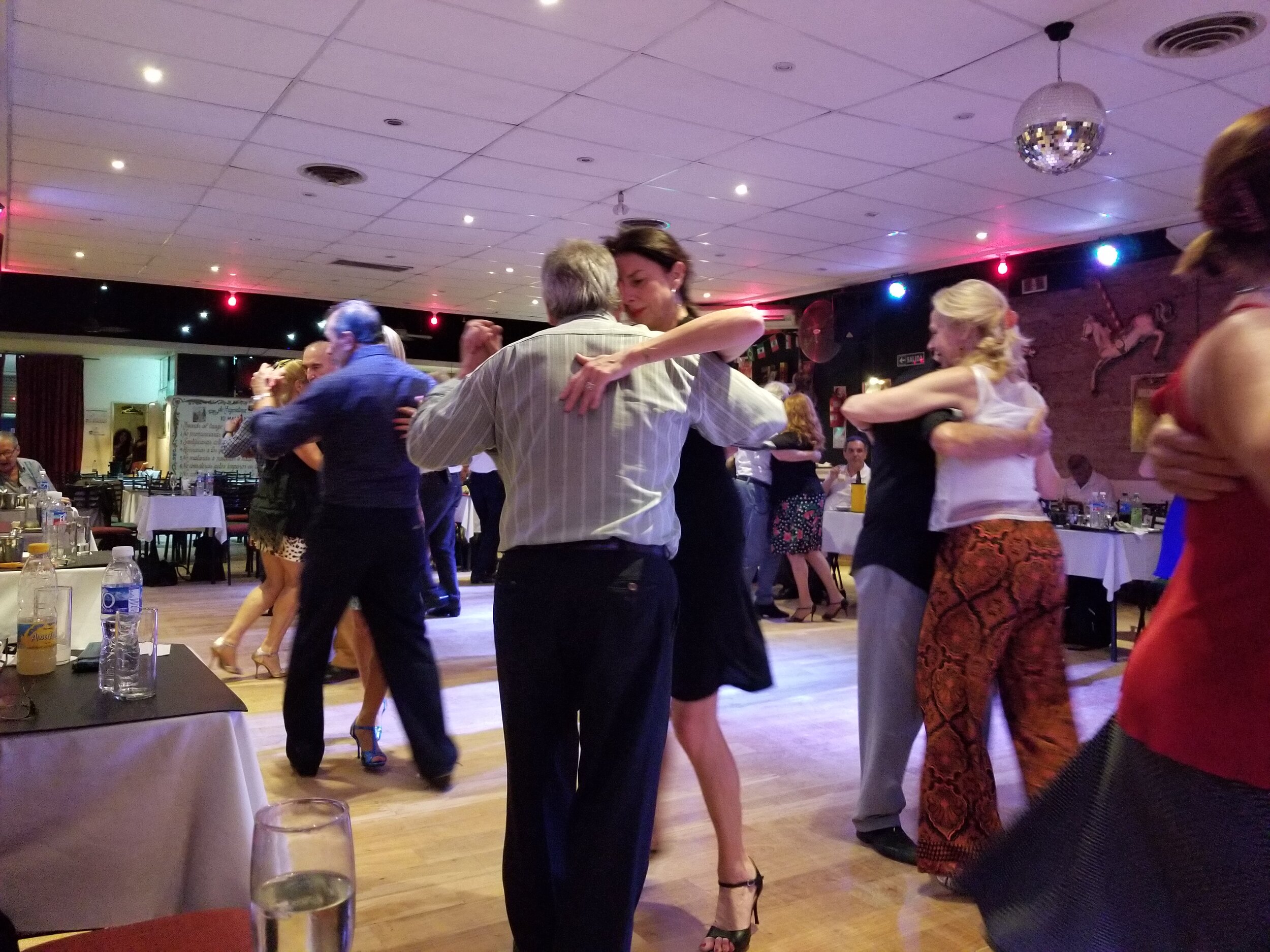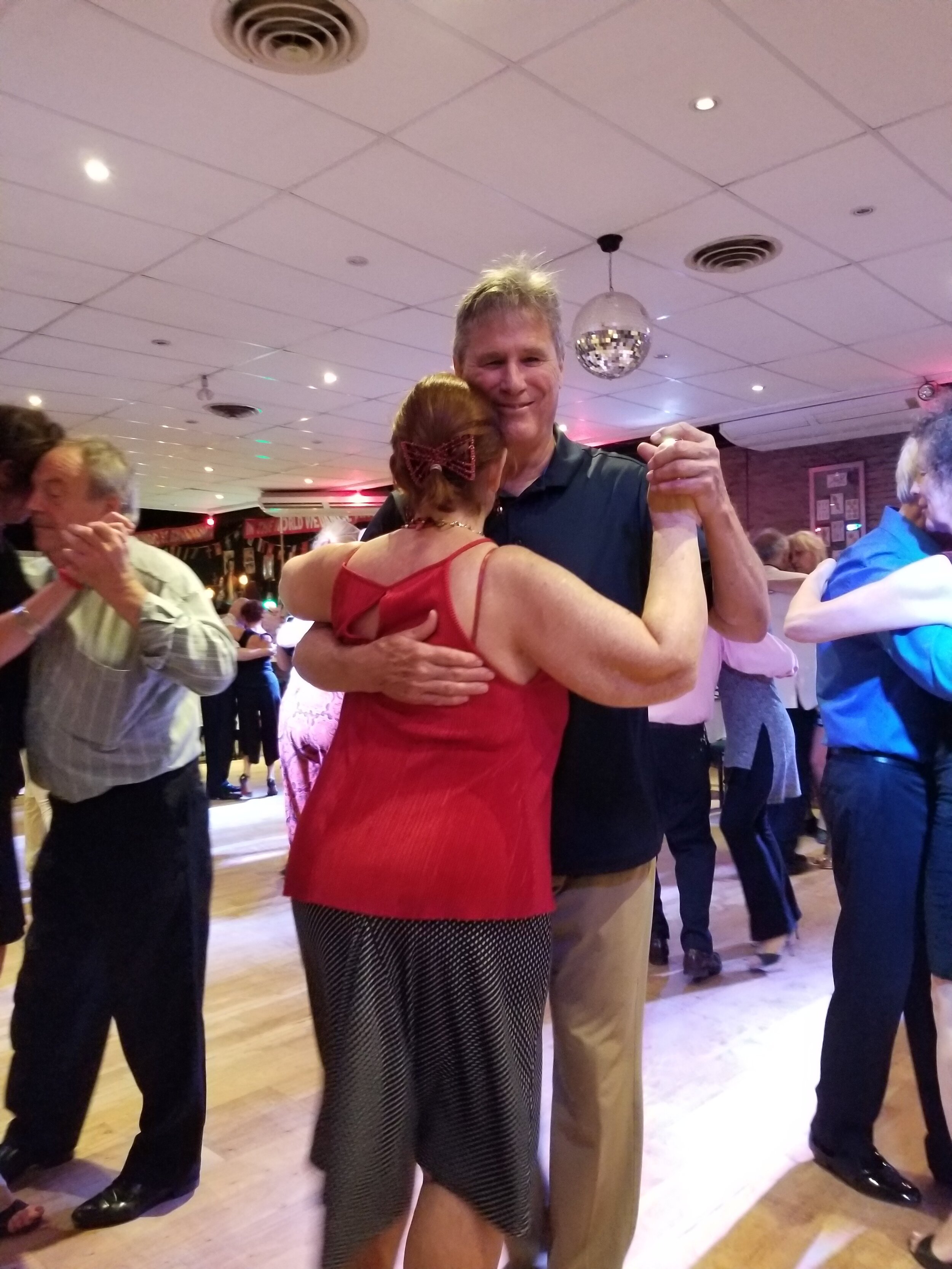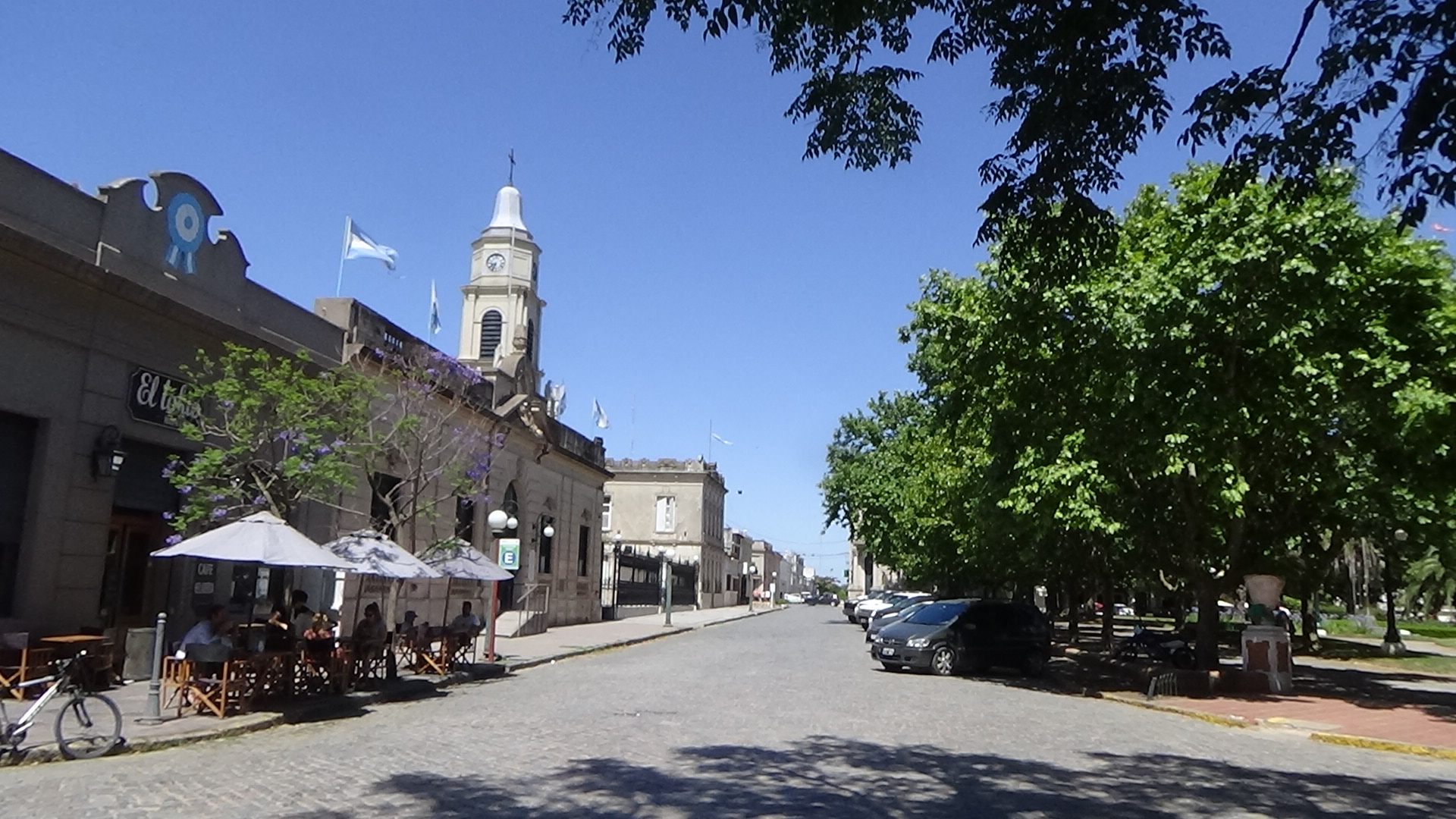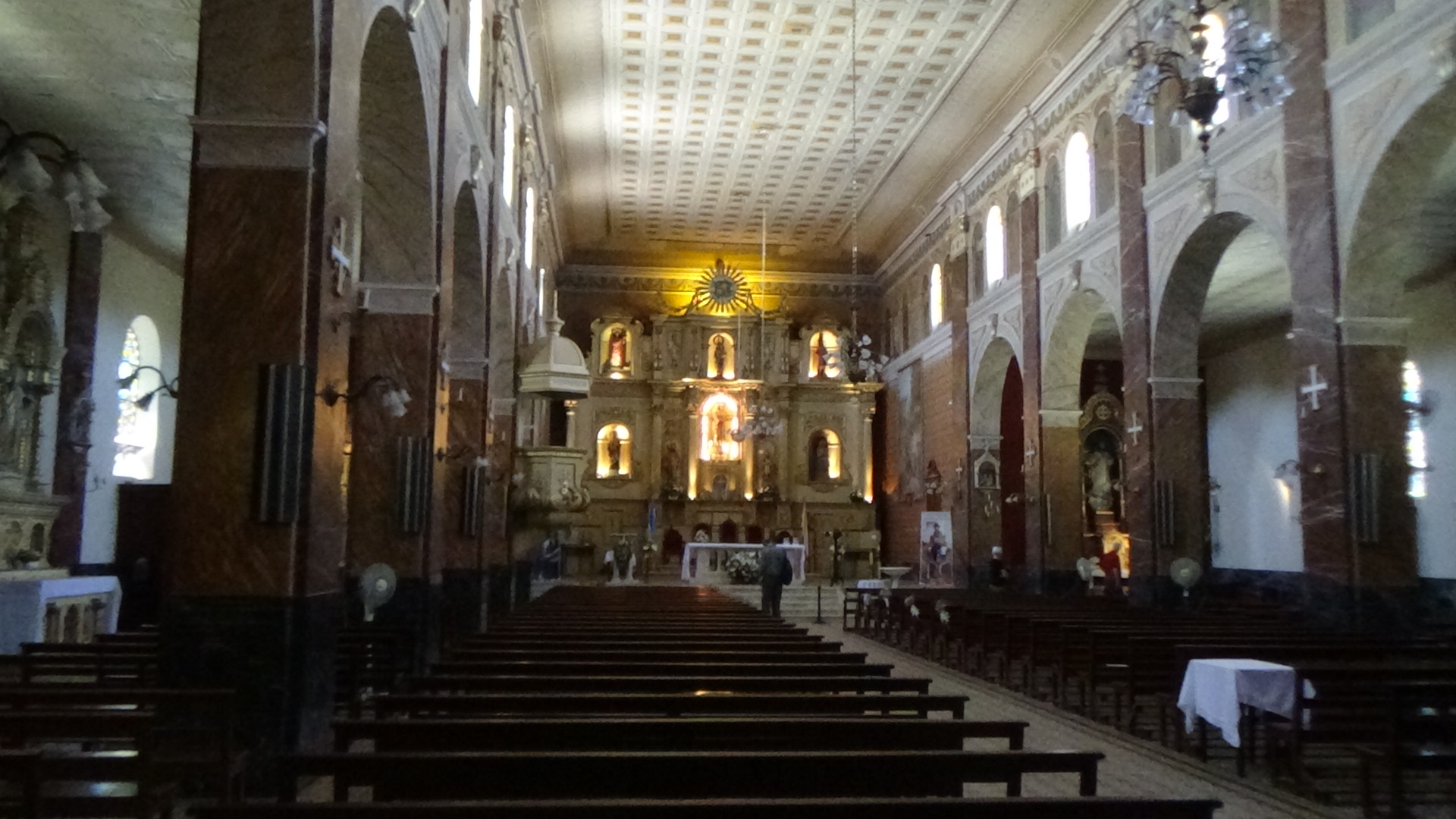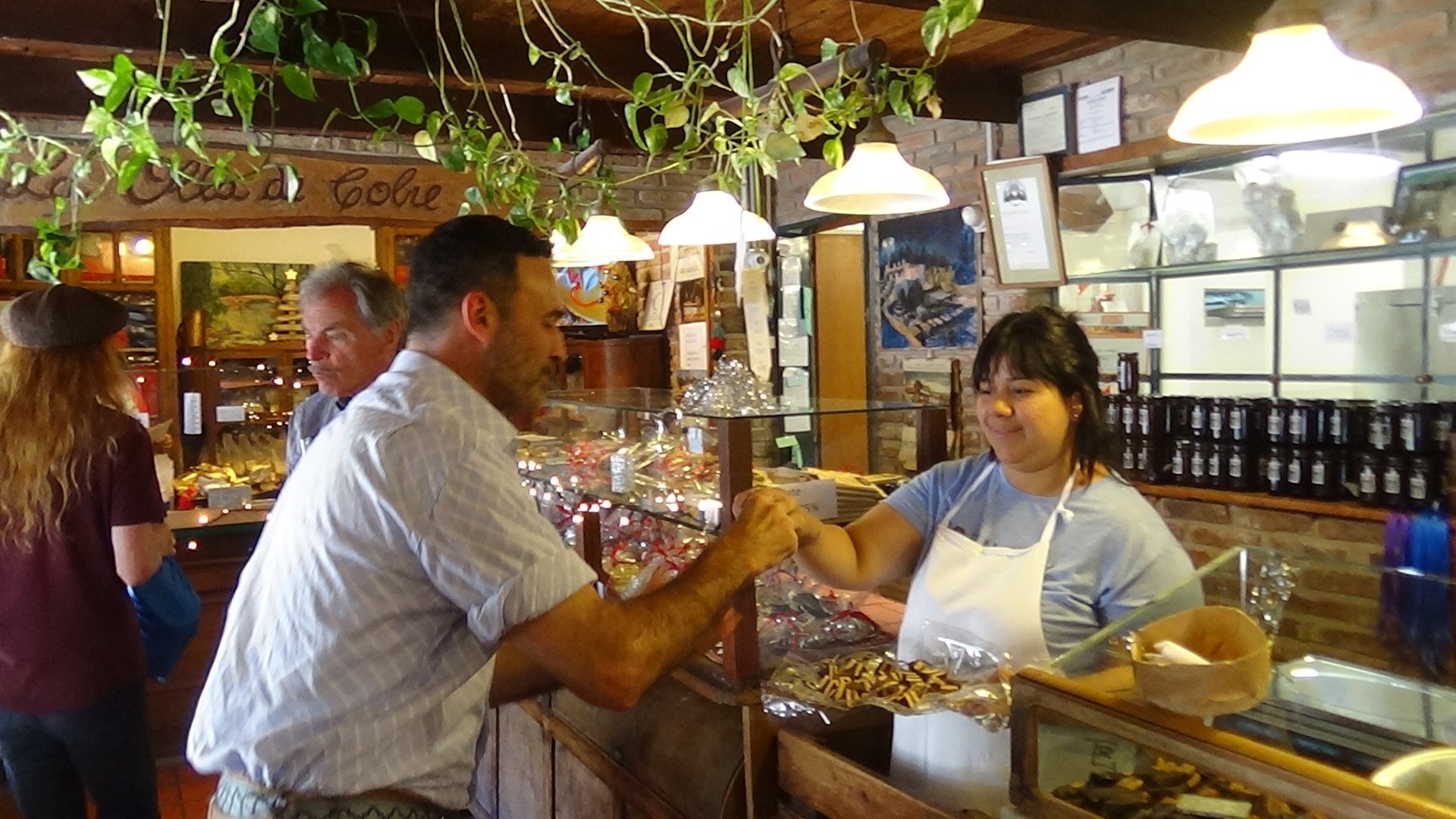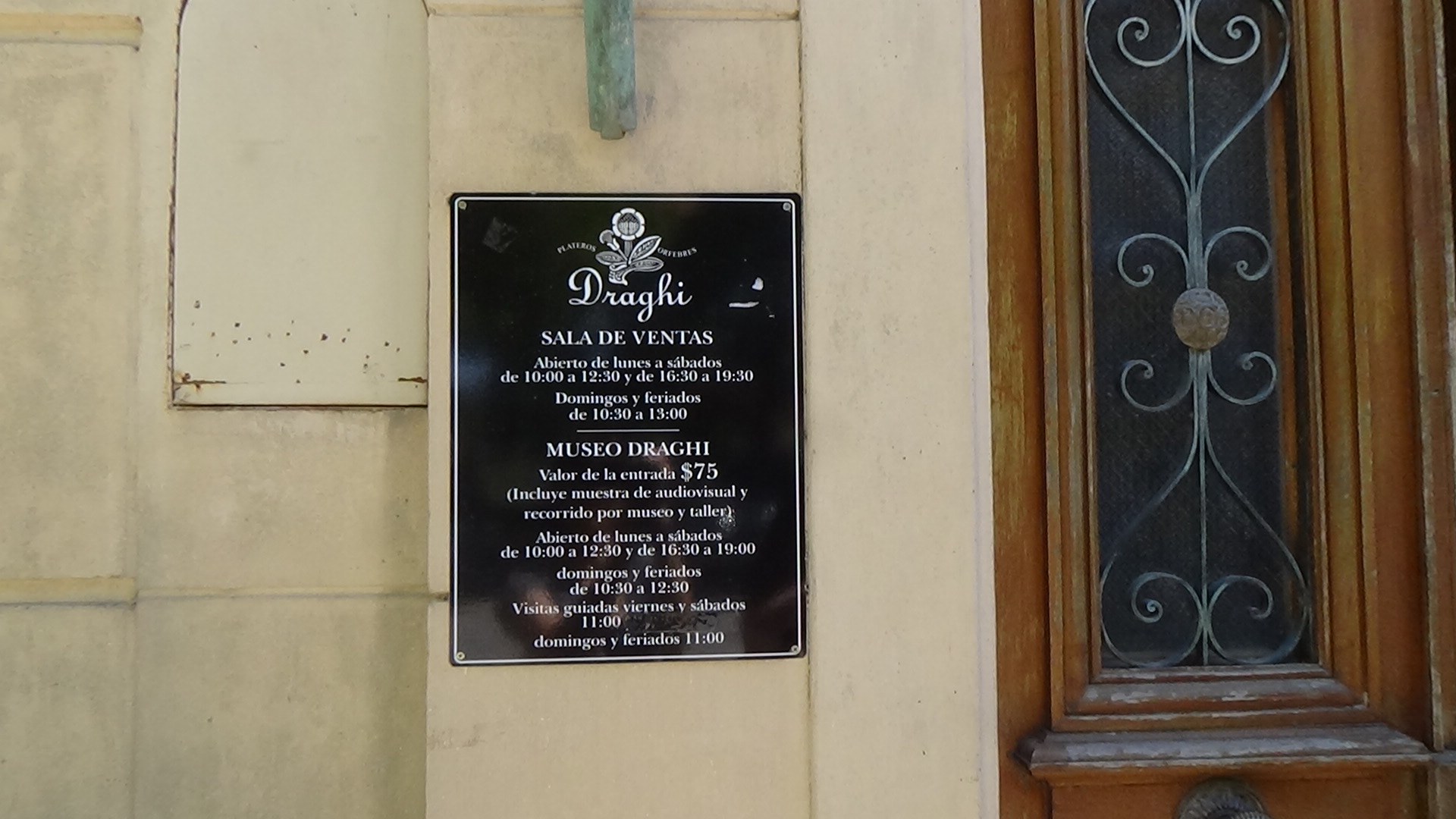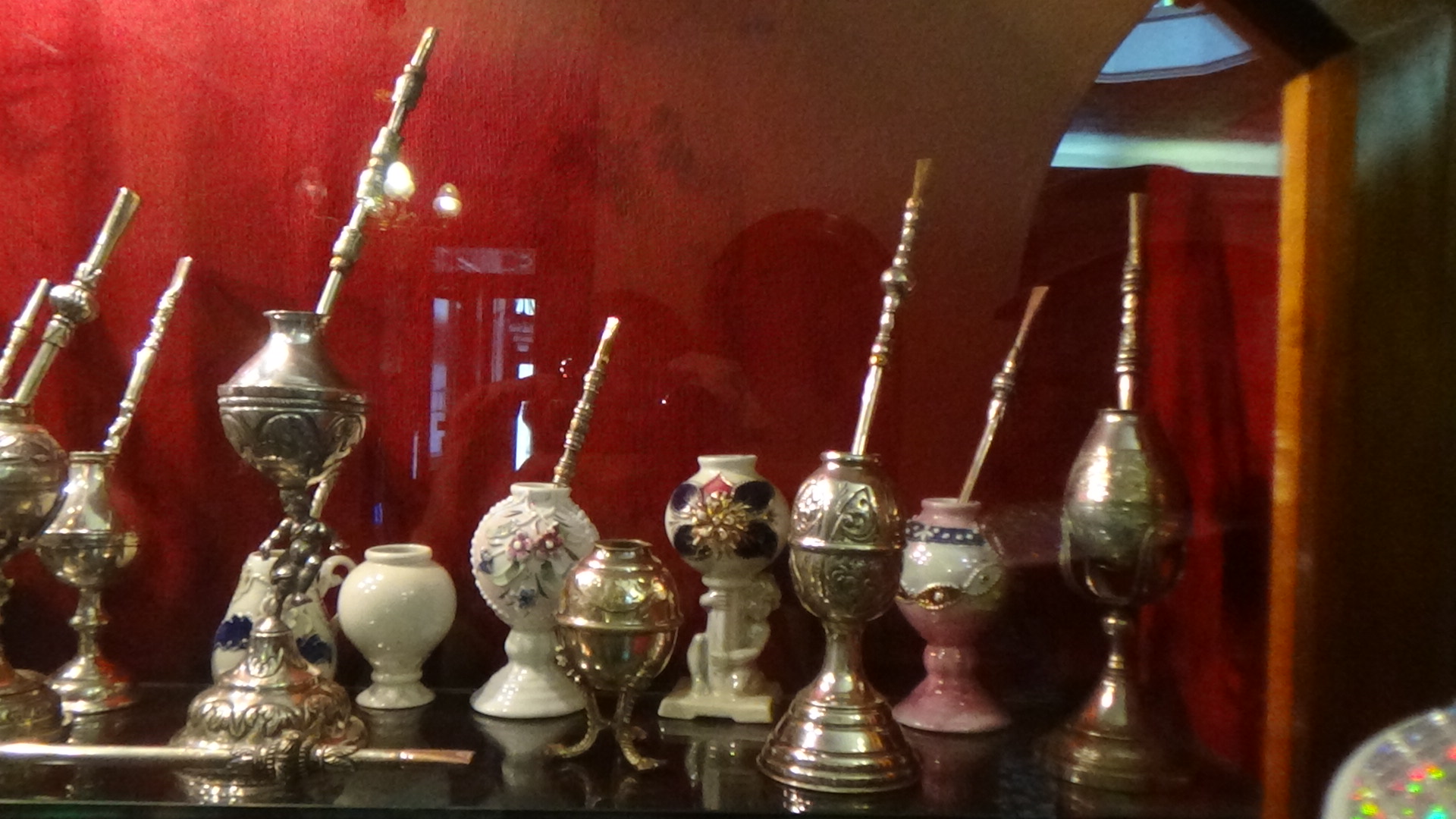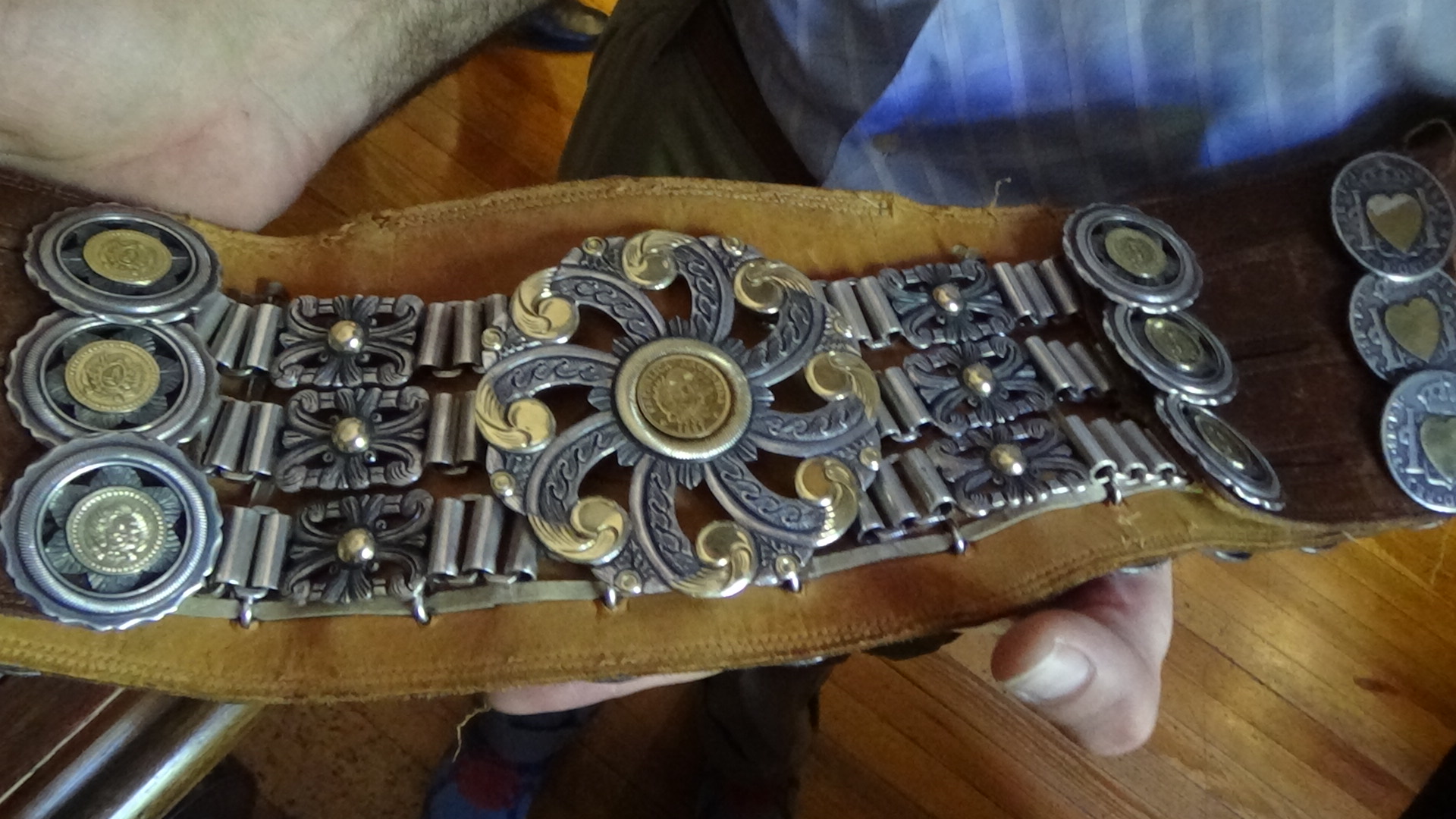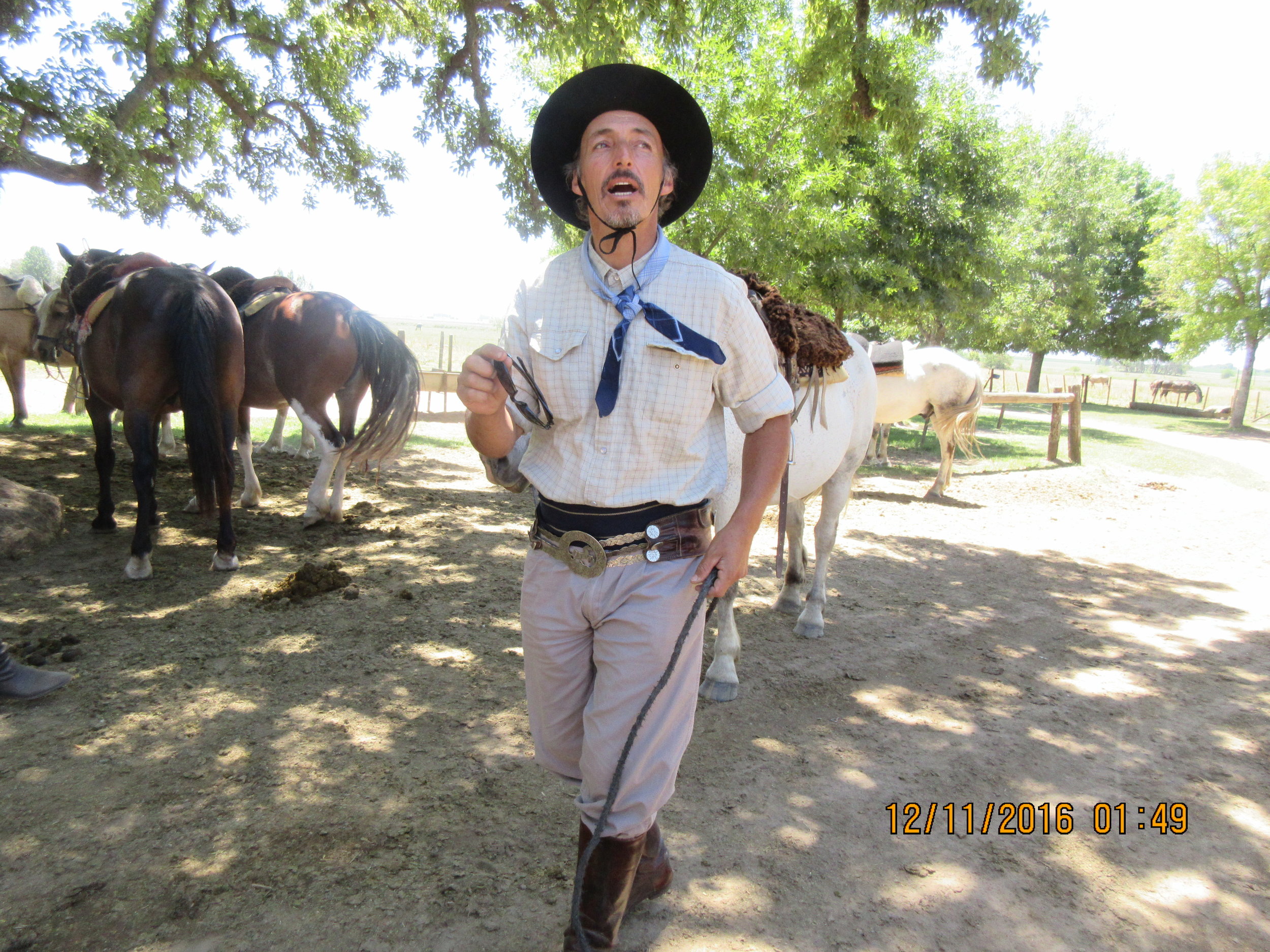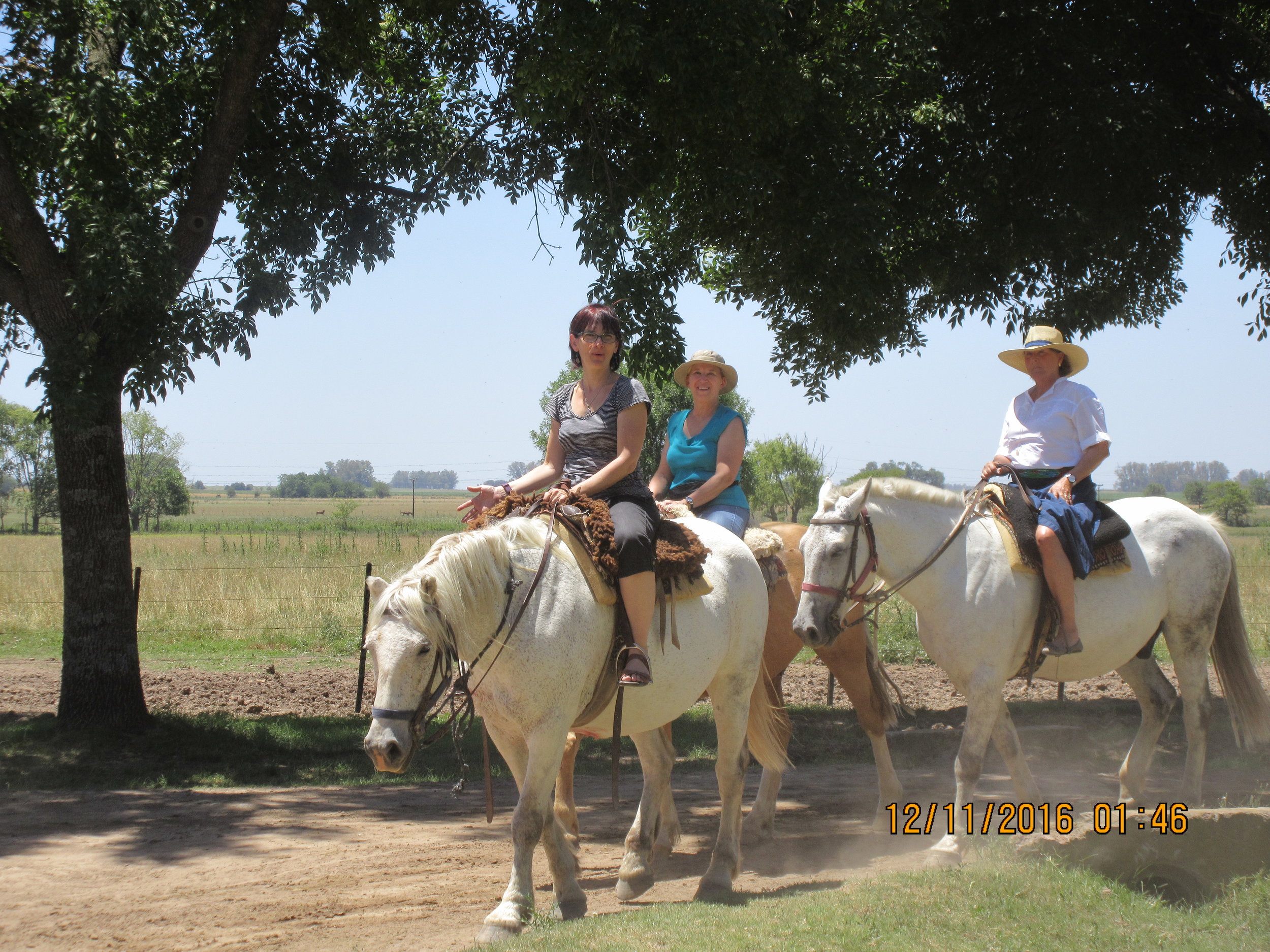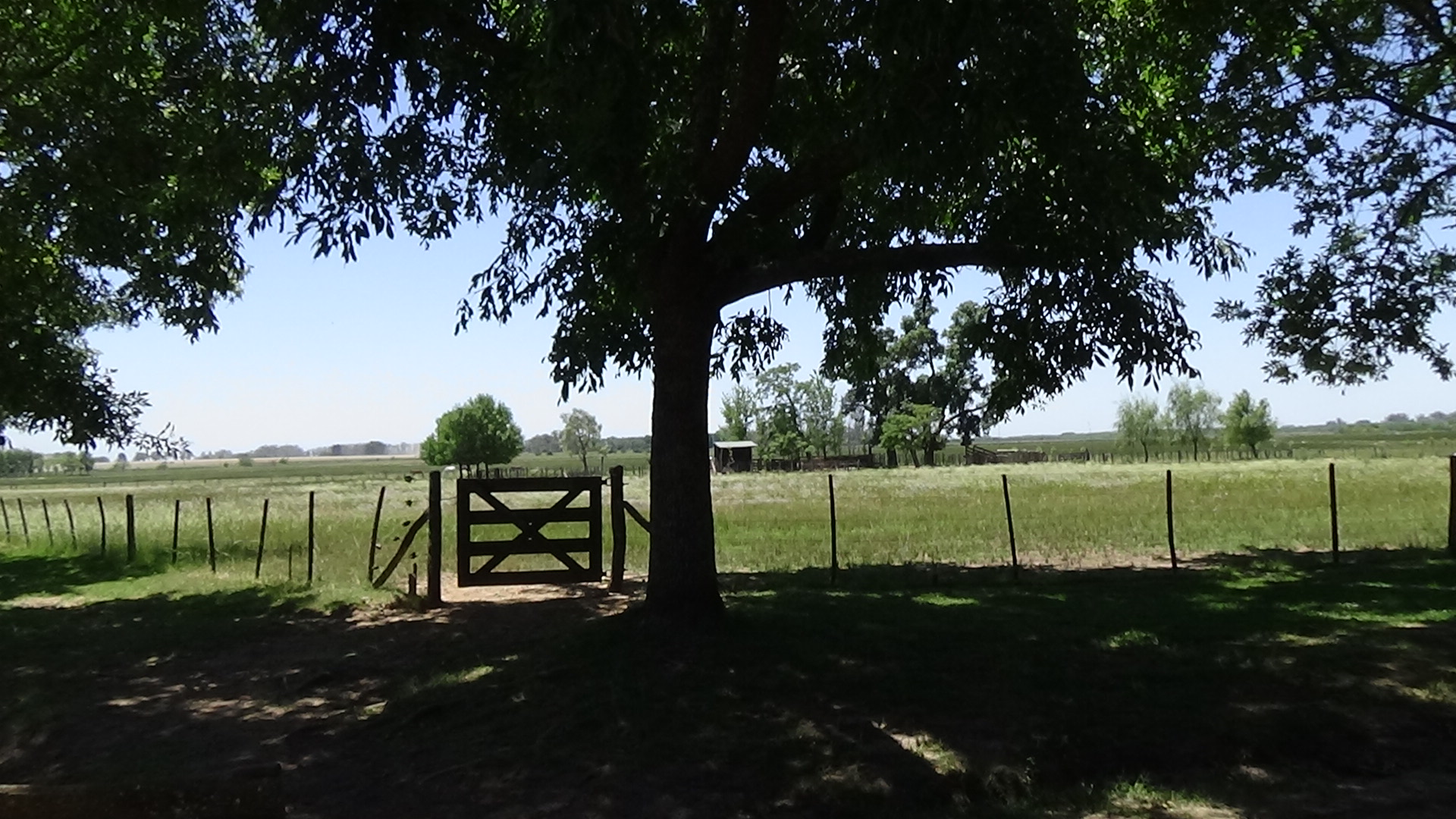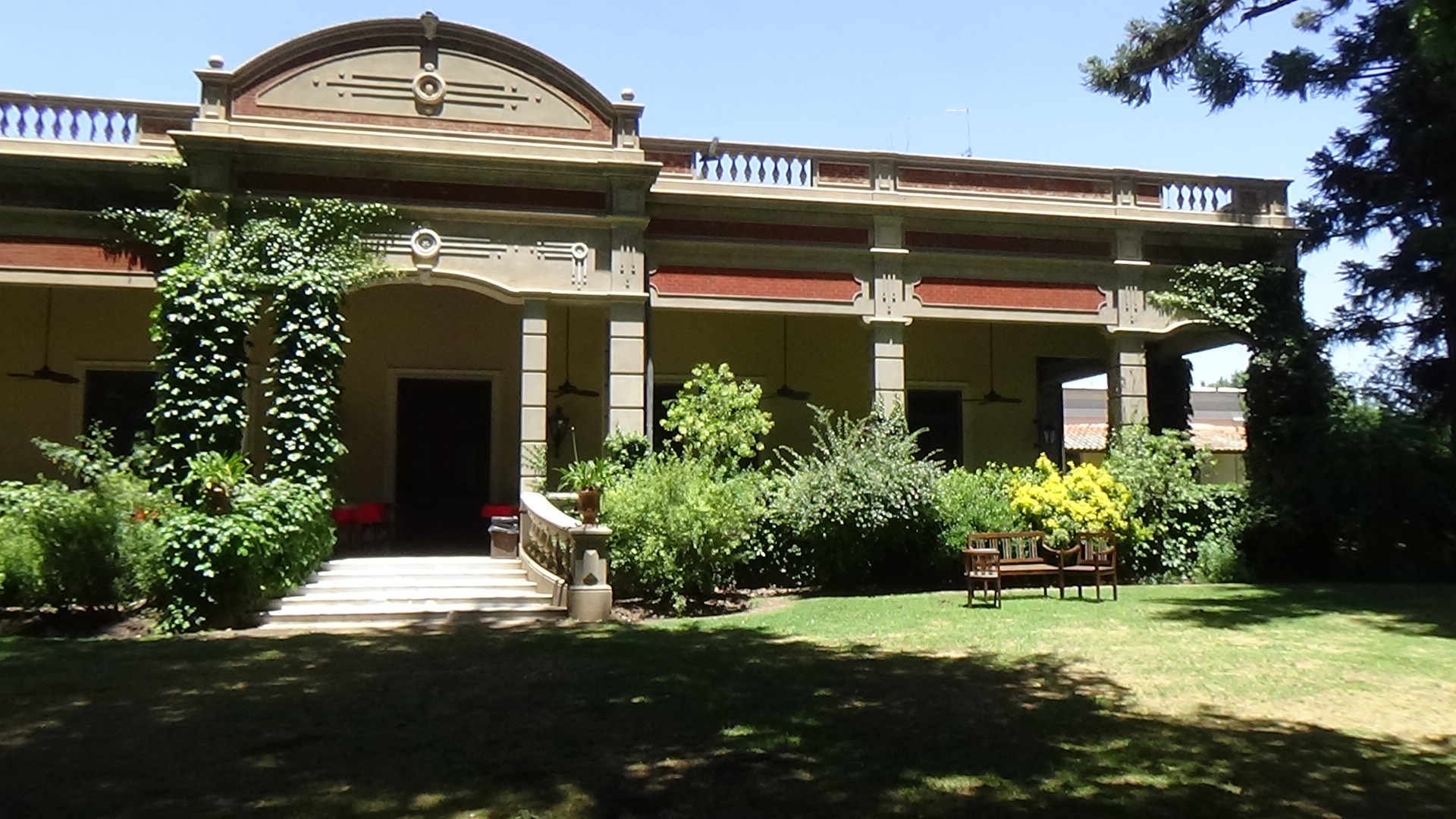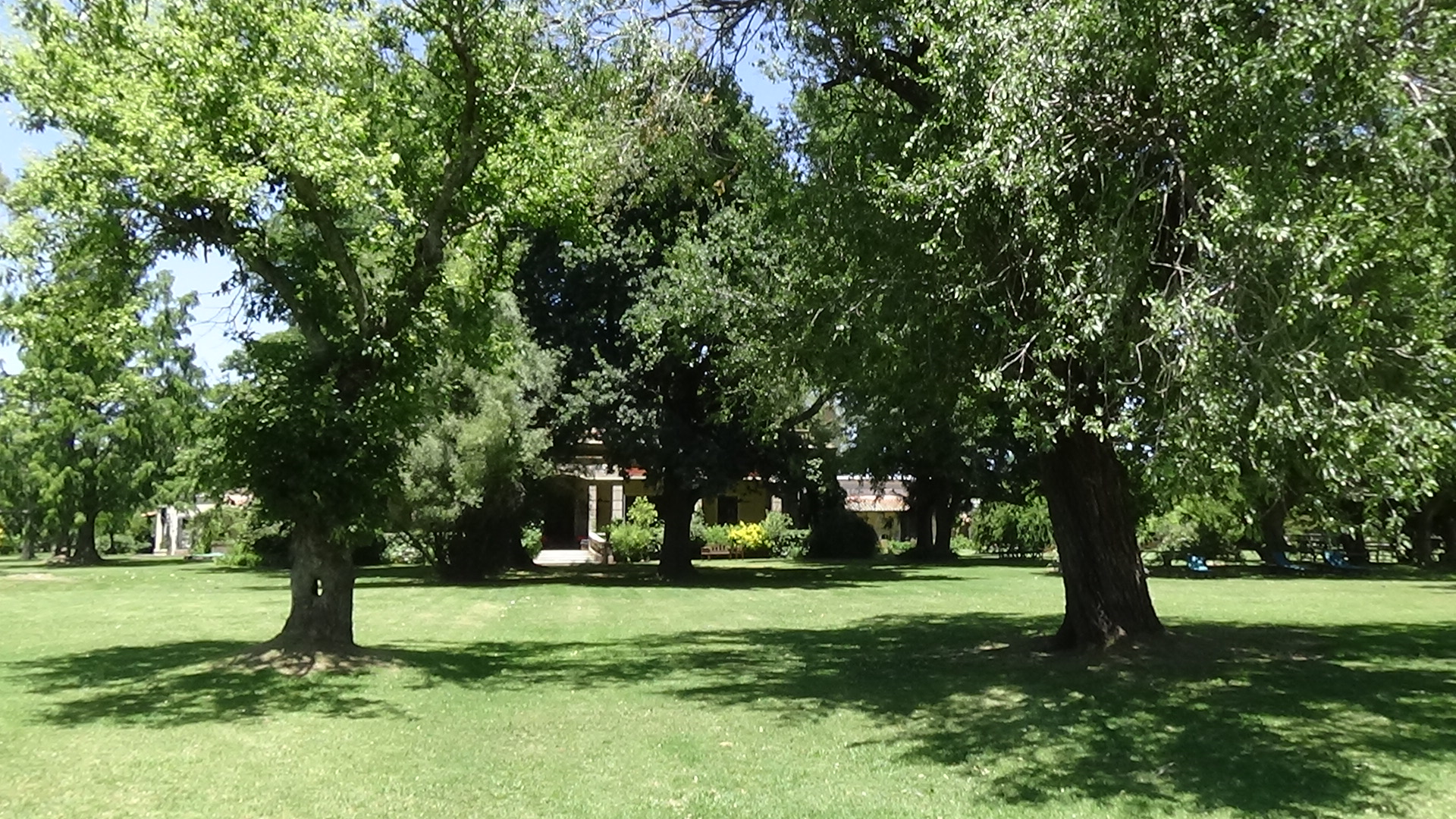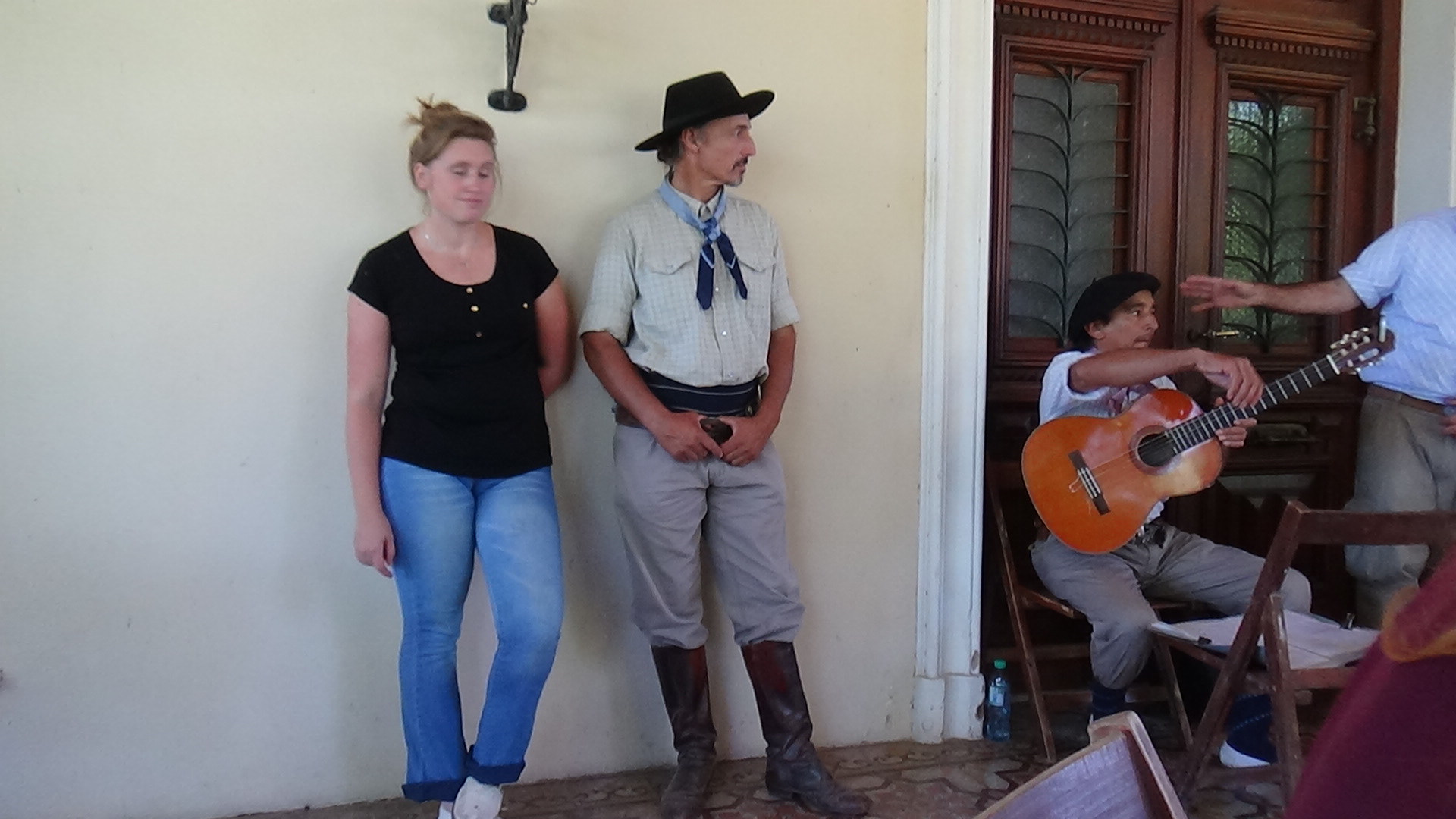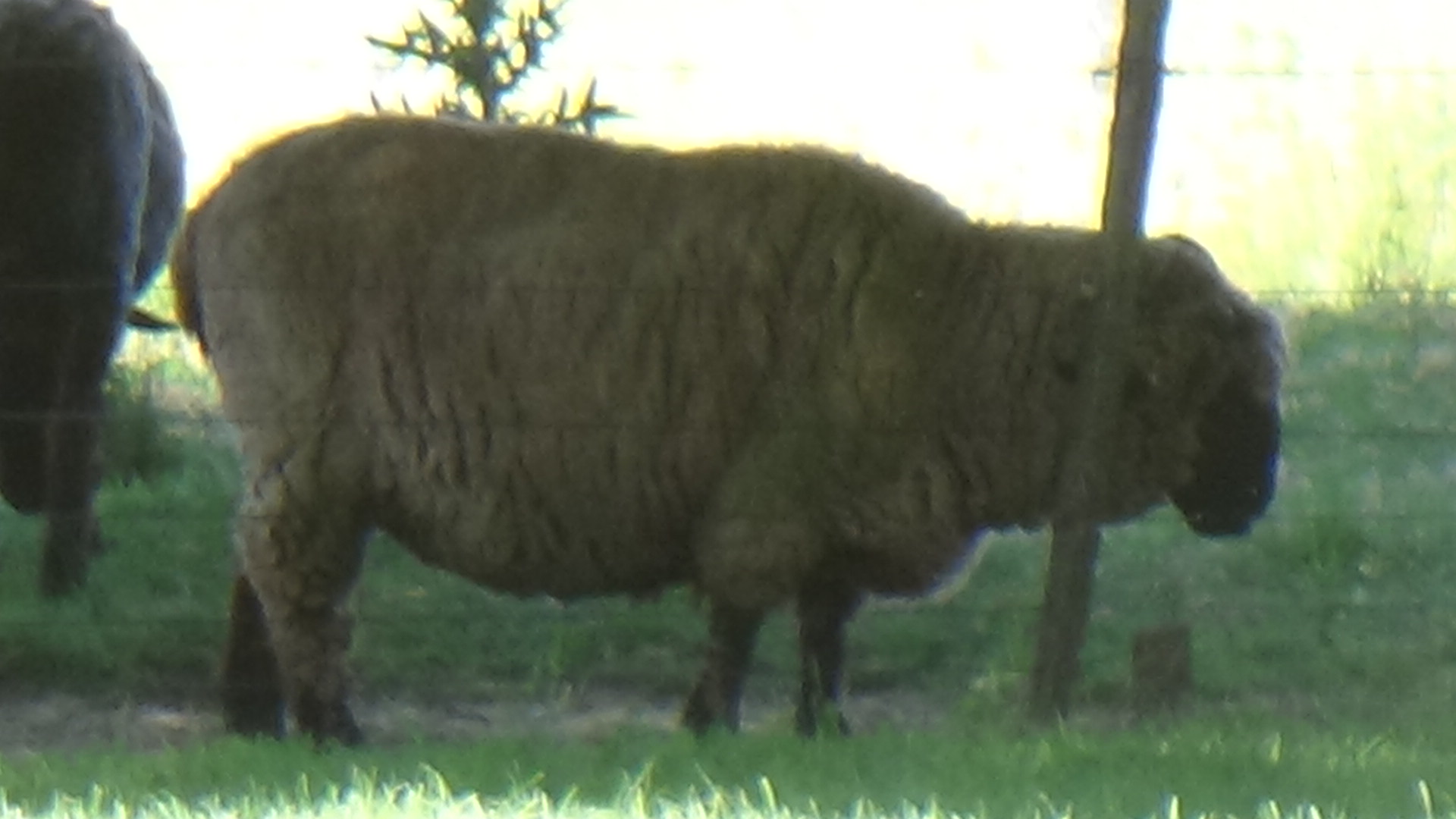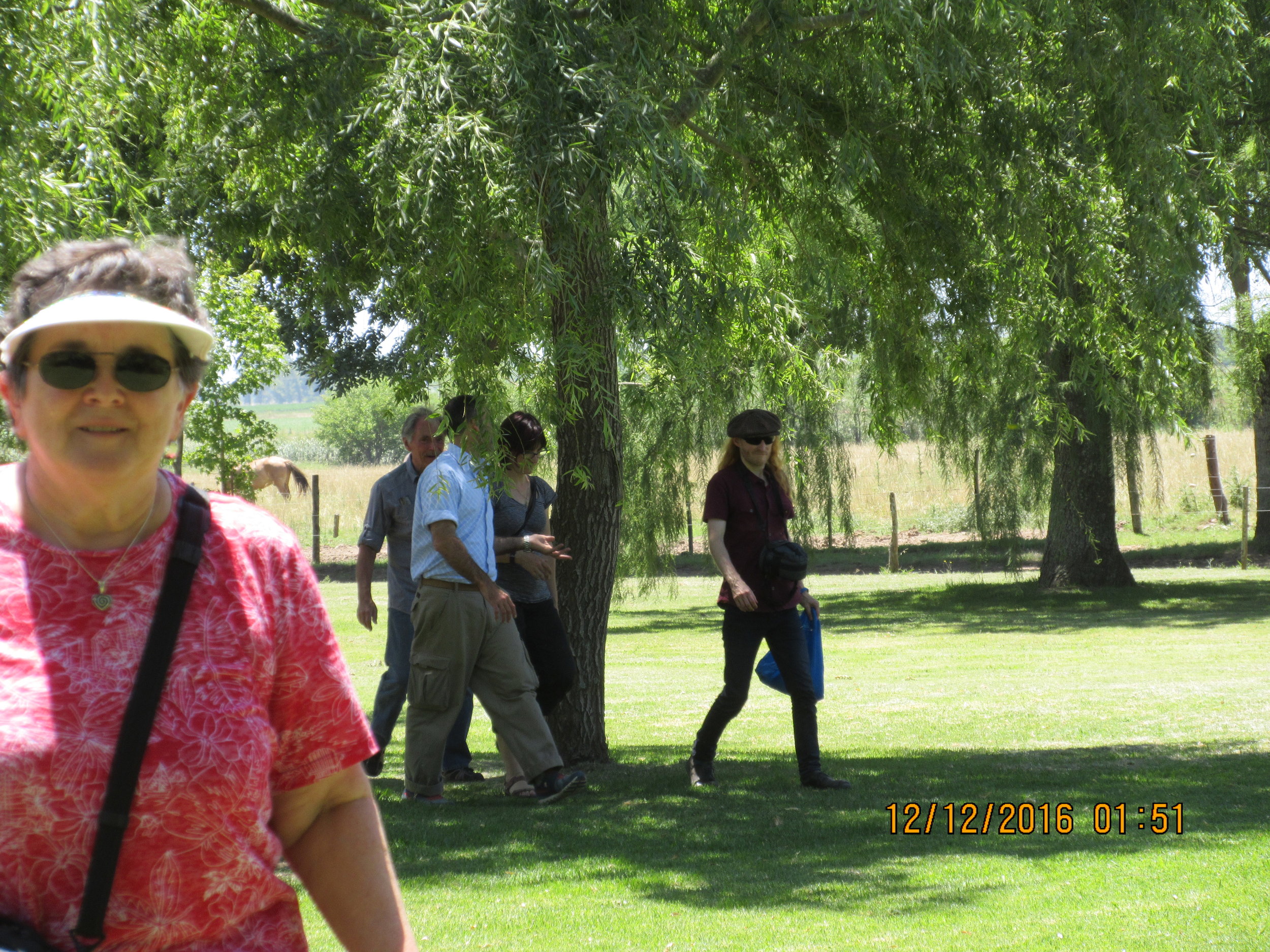San Antonio de Areco
Driving to San Antonio de Areco from Buenos Aires made me feel that Kansas is hilly. It is FLAT out there in the plains! At one point, our driver stopped and we could see the flatness fall away on both sides: can you see the curvature of the earth? If yes, then we saw it.
San Antonio de Areco is a sweet little town. It is chock full of BnBs and restaurants, and is often full of people from Buenos Aires, getting away for the weekend. It's only 100 km from the city, and we had a perfect day for a tour: sunny but not too hot.
First, we met Juan Manuel (think Robin Williams in a burly version of Kevin Kline's body) at la Esquina de Merti (corner of Arellano and Bartolome Mitre), and had coffee, juice and a snack. The city was asleep, except for the people attending mass. Juan Manuel said there had been a folkdance event until very late, and so many people were sleeping in that day.
He told us about the city's history. Then we toured the main square, took a look into the beautiful church there. I have already managed to forget most of what we learned. The main takeaway for me as an anthropologist, was that the Spanish considered the indigenous peoples to be sub-human and so there was a crisis of identity when Spanish and indigenous people intermarried. The criollos wanted acceptance and status, but were considered inferior. The gauchos, living in the provinces and working the land, raising horses, etc. created a culture that was more polite, gentlemanly, more elevated than the Spanish manners, in an attempt to put themselves on a more even playing field with the ruling classes.
I learned a new term: la gauchada: a favor. Because the gauchos valued how people treated each other, you can ask a favor. You are basically asking them to follow their gaucho code of keeping your word, being respectful and doing the right thing, it is almost impossible for someone to say no to this. I haven't tried to use it, although I asked some friends about it. Even the ones who are porteno-porteno, felt you should grant favors asked this way.
La Olla de Cobre
Then we visited a chocolate factory, La Olla de Cobre (The Copper Pot). They are apparently famous for their alfajores, YUMMY cookies filled with dulce de leche (or something else) that I can no longer eat because I can't eat gluten. The others had samples and seemed to really enjoy them.
They also make their own chocolate. I bought some dark chocolate and some chocolate-dipped candied lemon slices to bring home. I like a bit more POW in my chocolate. This was a bit smooth and not as dark as I usually eat. However, I barely got any of it because my son liked it so much, so I know it's good!
The Draghi museum and workshop
For me, the high point of the San Antonio de Areco part of the tour was the Draghi workshop and mini-museum. It was very cool to see the amazing silverwork that the Draghi family has created, and even cooler to see partially finished objects that were works-of-art-in-progress. Wow and wow. I also enjoyed looking at the traditional silver pieces for personal adornment, for display of wealth on your horses, and for the home. I would have liked more time to look around, but three different tour groups were trying to not get in each other's way.


